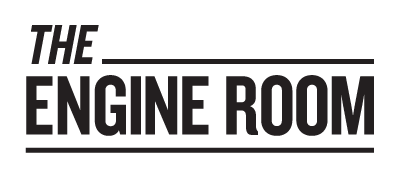
19 Dec Perspectives on Performance Improvement & Implementing Change
As an operations leader and consultant who has worked in the performance improvement and operations leadership areas for over 25 years, I am convinced that performance occurs when the combination of leadership, strategy, process, technology, engagement and execution all converge. No single area is the “silver bullet” that will overcome weakness in the other areas. Unfortunately the performance improvement and strategic change field is populated by practitioners who claim expertise in a limited number of these areas, or in some case only one. As a result; we see consulting firms that sell “leadership development”, when that may not be the client’s issue, or conversely “process improvement” to companies who are struggling with internal leadership.
This mismatch between the needs of the client organization and the offerings of performance improvement and change practitioners results is low success rates for too many major Transformation initiatives, low success rates for IT projects and less than compelling results from major training initiatives. In most cases the problem is not the underlying ambition of the organization seeking the change, but rather the approach, and or failure to identify the true impediments to success.
The implication is that too many change practitioners fail to tailor their offering to support their clients in ways that the client really needs. Sometimes, this failure to align with the client’s needs happens because the firm believes that their “process” will overcome all, and sometimes it is because their staff lack the expertise to operate in a range of areas, be it: leadership, strategy, process, technology, engagement or execution.
I believe the more appropriate approach is to seek to understand the client’s ambition and issues; and then work with the client to identify potential impediments to change as well as the quickest and least onerous approach to accomplish the objective. The advantage of this approach is that by tailoring the offering to the client’s needs; costs are reduced, time lines accelerated and the adverse impact on people and business is reduced – a fiscally more responsible approach.
When performance improvement is desired or a significant change contemplated, we should ask ourselves:
- Is the performance improvement or change objective driven by a real results requirement in the client’s organization? o Or is it driven by a supplier looking to sell the latest tool, process or management fad?
- Is the organization prepared to articulate what it is they want to accomplish in specific terms? o Or is the language generic and loaded with mushy terms such “best practice”, “quality focus”, or empowered”?
- Is there a strong correlation between actions taken and demonstrable business results? o Or are actions taken or imposed just to align with a process or “practice”?
- Is the change proponent’s focus to help the operating group managers achieve the desired business goal? o Or is the proponent’s focus to impose something on an unwilling target audience?
- Is there interest and willingness to tailor the approach to align with the client’s needs and organization? o Or is the view that “this is the way it has to be done”?
- Is leadership interested in accomplishing results quickly and willing to communicate that expectation to their organization? o Or is the external consultant seen as the proponent for the change?
Time after time we see that when the answer to the first question above is “yes” the change initiative will be more successful. Unfortunately when it is the second question that describes the situation, the initiative will struggle tand likely fail in the long term.
We often hear business people express frustration over the idea that employees resist change and that change must therefore be painful. However, this apparent “fact” does not align with the speed with which we see society adopting change; from new forms of technology, forms of entertainment or customers’ expectations relative to the services they buy and use. So, if change is so difficult, why is it happening so quickly all around us?
I would argue that when done well, change and performance improvement in the business environment does not have to be painful or disruptive. In fact, when done well, people in any organization routinely welcome constructive change. The simple challenge is to look beyond the silver bullet, the tool, the fad and to truly tailor the initiative to the needs of the client organization.
WRITTEN BY DUNCAN KERR

